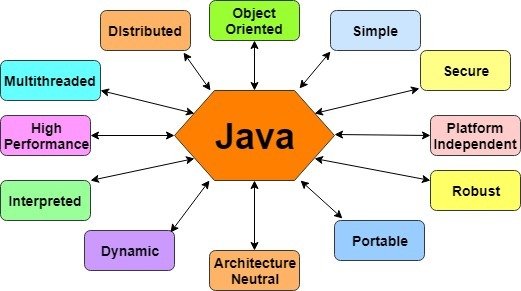Introduction
Programming languages are the backbone of modern technology, enabling developers to create software applications, websites, and systems that power our daily lives. With a plethora of programming languages available, each designed to address specific needs and problems, it can be challenging to understand their unique features and applications. This comprehensive guide delves into the world of programming languages, exploring their history, characteristics, use cases, and the differences between them.
The Evolution of Programming Languages
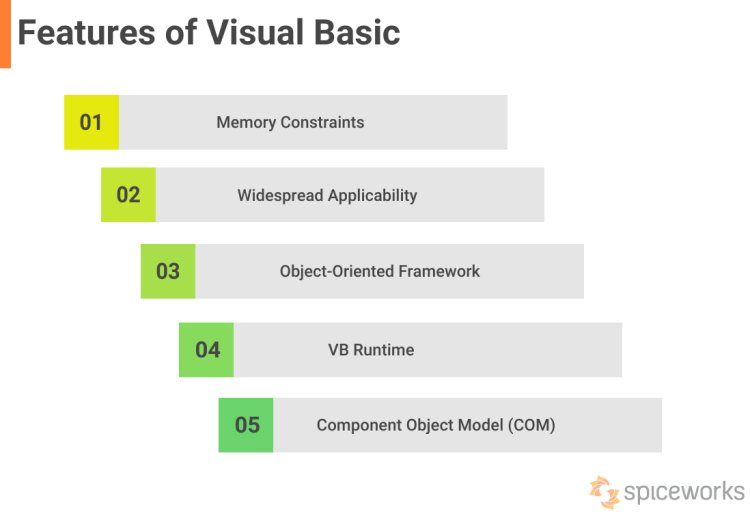
Programming languages have come a long way since the early days of computing. The first programming languages, developed in the 1950s, were machine languages that consisted of binary code, which was difficult for humans to read and write. These early languages were soon followed by assembly languages, which used mnemonic codes to represent machine instructions, making them slightly more readable.
The 1950s and 1960s saw the development of high-level programming languages, which allowed programmers to write code that was more abstract and easier to understand. FORTRAN (Formula Translation) and COBOL (Common Business-Oriented Language) were among the first high-level languages, designed for scientific and business applications, respectively. These languages introduced the concept of compilers, which translated high-level code into machine code that computers could execute.
In the 1970s, structured programming languages such as C and Pascal emerged, promoting better programming practices through the use of control structures like loops and conditionals. The 1980s and 1990s brought the advent of object-oriented programming (OOP) languages, such as C++ and Java, which introduced the concept of objects and classes to model real-world entities and relationships.
The rise of the internet in the late 1990s and early 2000s led to the development of web-specific languages like JavaScript, PHP, and Ruby, which enabled dynamic and interactive web applications. In recent years, programming languages like Python and R have gained popularity for their simplicity and versatility, particularly in the fields of data science and machine learning.
Characteristics of Programming Languages
Programming languages can be categorized based on various characteristics, such as their level of abstraction, programming paradigms, and execution models. Understanding these characteristics can help in selecting the right language for a specific task.
Level of Abstraction: Programming languages can be classified into low-level and high-level languages based on their level of abstraction from machine code. Low-level languages, such as assembly languages, provide little abstraction and are closely tied to the hardware, making them efficient but difficult to use. High-level languages, such as Python and Java, offer greater abstraction, making them easier to learn and use, but potentially less efficient in terms of performance.
Programming Paradigms: A programming paradigm is a style or approach to programming. Common paradigms include procedural programming, object-oriented programming, functional programming, and declarative programming. Procedural programming, exemplified by languages like C and Pascal, focuses on procedures or functions that perform operations on data. Object-oriented programming (OOP), used in languages like Java and C++, organizes code around objects and classes. Functional programming, found in languages like Haskell and Lisp, emphasizes the use of pure functions and immutable data. Declarative programming, seen in languages like SQL and Prolog, focuses on specifying what should be done rather than how to do it.
Execution Models: Programming languages can also be classified based on their execution models. Compiled languages, such as C and C++, are translated into machine code by a compiler before execution, resulting in faster runtime performance. Interpreted languages, such as Python and Ruby, are executed line-by-line by an interpreter, which can make development and debugging easier but may result in slower performance. Some languages, like Java, use a hybrid approach, where code is first compiled into an intermediate bytecode, which is then executed by a virtual machine.
Popular Programming Language
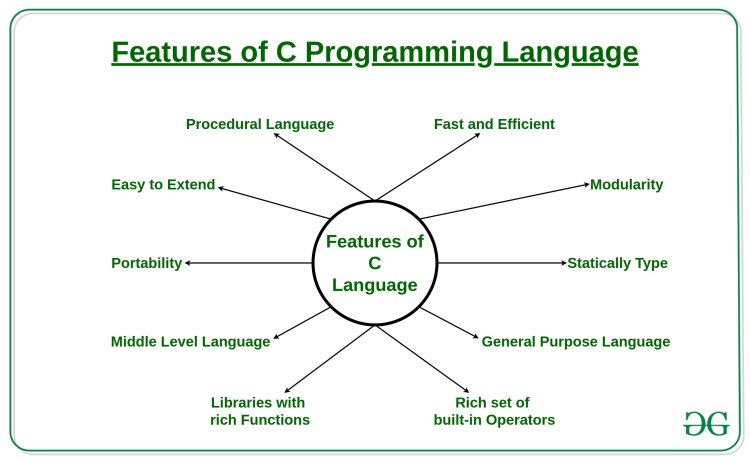
Python
Python is a high-level, interpreted programming language known for its simplicity and readability. Created by Guido van Rossum and first released in 1991, Python's design philosophy emphasizes code readability and ease of use, making it an excellent choice for beginners and experienced programmers alike.
Python supports multiple programming paradigms, including procedural, object-oriented, and functional programming. Its extensive standard library and a vast ecosystem of third-party libraries make it suitable for a wide range of applications, from web development and data analysis to machine learning and automation.
One of Python's key strengths is its simplicity. Python code is often more concise and readable than equivalent code in other languages, allowing developers to write and maintain code more efficiently. Python's dynamic typing and interpreted nature make it an excellent language for rapid prototyping and iterative development.
Python has gained immense popularity in the fields of data science and machine learning, thanks to libraries like NumPy, pandas, and scikit-learn, which provide powerful tools for data manipulation, analysis, and modeling. Additionally, frameworks like Django and Flask make Python a popular choice for web development.
JavaScript
JavaScript is a versatile, high-level programming language primarily used for client-side web development. Created by Brendan Eich in 1995, JavaScript has evolved into one of the most widely used programming languages, powering the dynamic and interactive elements of modern web applications.
JavaScript supports multiple programming paradigms, including procedural, object-oriented, and functional programming. Its dynamic typing and interpreted nature make it a flexible and powerful language for web development. JavaScript is the backbone of many web technologies, including HTML5, CSS3, and various web frameworks and libraries.
One of JavaScript's key strengths is its ability to run in web browsers, making it an essential language for front-end web development. With JavaScript, developers can create interactive user interfaces, handle events, and manipulate the Document Object Model (DOM) to update web pages dynamically.
In addition to client-side development, JavaScript has expanded into server-side development with the advent of Node.js, a runtime environment that allows JavaScript to run on the server. This has enabled the development of full-stack JavaScript applications, where both the front-end and back-end are written in JavaScript.
Popular JavaScript frameworks and libraries, such as React, Angular, and Vue.js, have further enhanced the language's capabilities, providing developers with powerful tools to build complex and responsive web applications.
Java
Java is a high-level, object-oriented programming language known for its portability, performance, and scalability. Developed by James Gosling and his team at Sun Microsystems in 1995, Java has become one of the most widely used programming languages, particularly for enterprise and Android application development.
Java's key principle is "write once, run anywhere" (WORA), meaning that Java code can run on any platform with a compatible Java Virtual Machine (JVM). This portability makes Java an ideal choice for developing cross-platform applications.
Java's object-oriented nature allows developers to model real-world entities and relationships using classes and objects. This promotes code reusability, maintainability, and scalability. Java's robust standard library and extensive ecosystem of third-party libraries provide a wide range of tools and frameworks for various applications, from web development to scientific computing.
Java is known for its performance and reliability, making it a popular choice for large-scale enterprise applications and systems. The language's strong typing, automatic memory management, and exception handling features contribute to its robustness and stability.
In addition to enterprise development, Java is the primary language for Android app development. The Android SDK (Software Development Kit) provides a comprehensive set of tools and libraries for building Android applications, making Java a crucial language for mobile developers.
C++
C++ is a powerful, high-performance programming language derived from the C language. Developed by Bjarne Stroustrup in the early 1980s, C++ introduced object-oriented programming features to the procedural C language, combining the efficiency of C with the flexibility of OOP.
C++ is known for its performance and efficiency, making it a popular choice for system programming, game development, and applications requiring low-level hardware interaction. The language provides fine-grained control over memory and system resources, allowing developers to write highly optimized code.
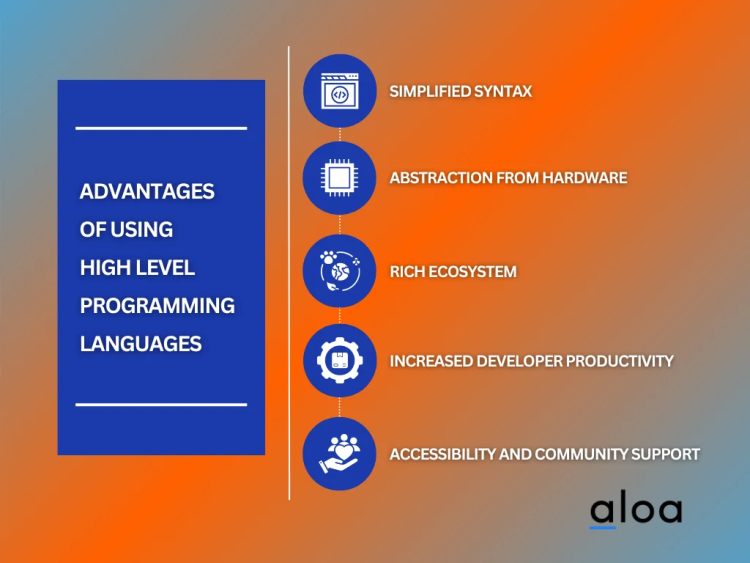
C++ supports multiple programming paradigms, including procedural, object-oriented, and generic programming. Its template system enables the creation of reusable and type-safe code, promoting code reusability and flexibility.
One of C++'s key strengths is its compatibility with C. C++ code can incorporate C code, allowing developers to leverage existing C libraries and codebases. This makes C++ a powerful language for systems programming and developing performance-critical applications.
C++ is widely used in game development, thanks to its performance and the availability of game development frameworks and engines like Unreal Engine and Unity. The language's low-level capabilities allow game developers to optimize performance and create immersive gaming experiences.
In addition to game development, C++ is used in various domains, including embedded systems, financial systems, and high-performance computing. Its versatility and performance make it a valuable language for developers working on complex and resource-intensive applications.
C#
C# (pronounced "C-sharp") is a modern, object-oriented programming language developed by Microsoft as part of its .NET initiative. Introduced in 2000, C# has become a popular language for developing Windows applications, web services, and games.
C# combines the ease of use of higher-level languages with the power and flexibility of lower-level languages. Its syntax is similar to that of C++ and Java, making it familiar to developers with experience in those languages. C# supports multiple programming paradigms, including procedural, object-oriented, and functional programming
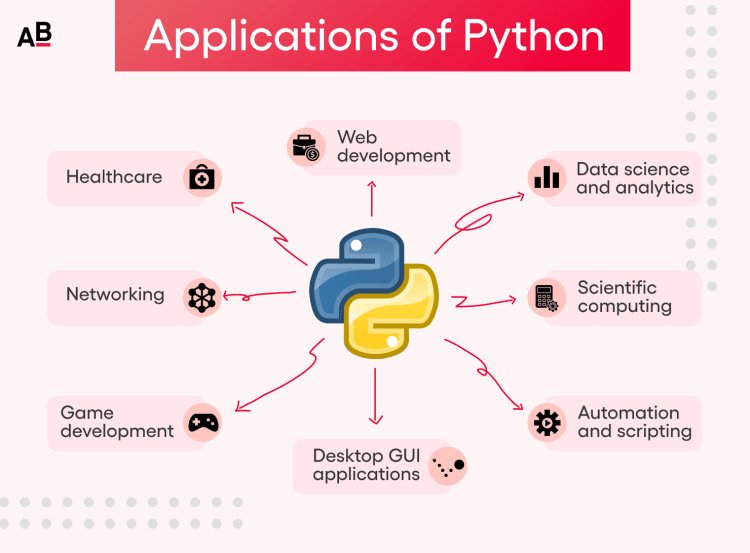
.
One of C#'s key strengths is its integration with the .NET framework, a comprehensive platform for building, deploying, and running applications. The .NET framework provides a vast library of pre-built components and services, enabling developers to build robust and scalable applications quickly.
C# is widely used for developing Windows applications, thanks to its seamless integration with the Windows operating system and development tools like Visual Studio. The language's strong typing, automatic memory management, and exception handling feature.
